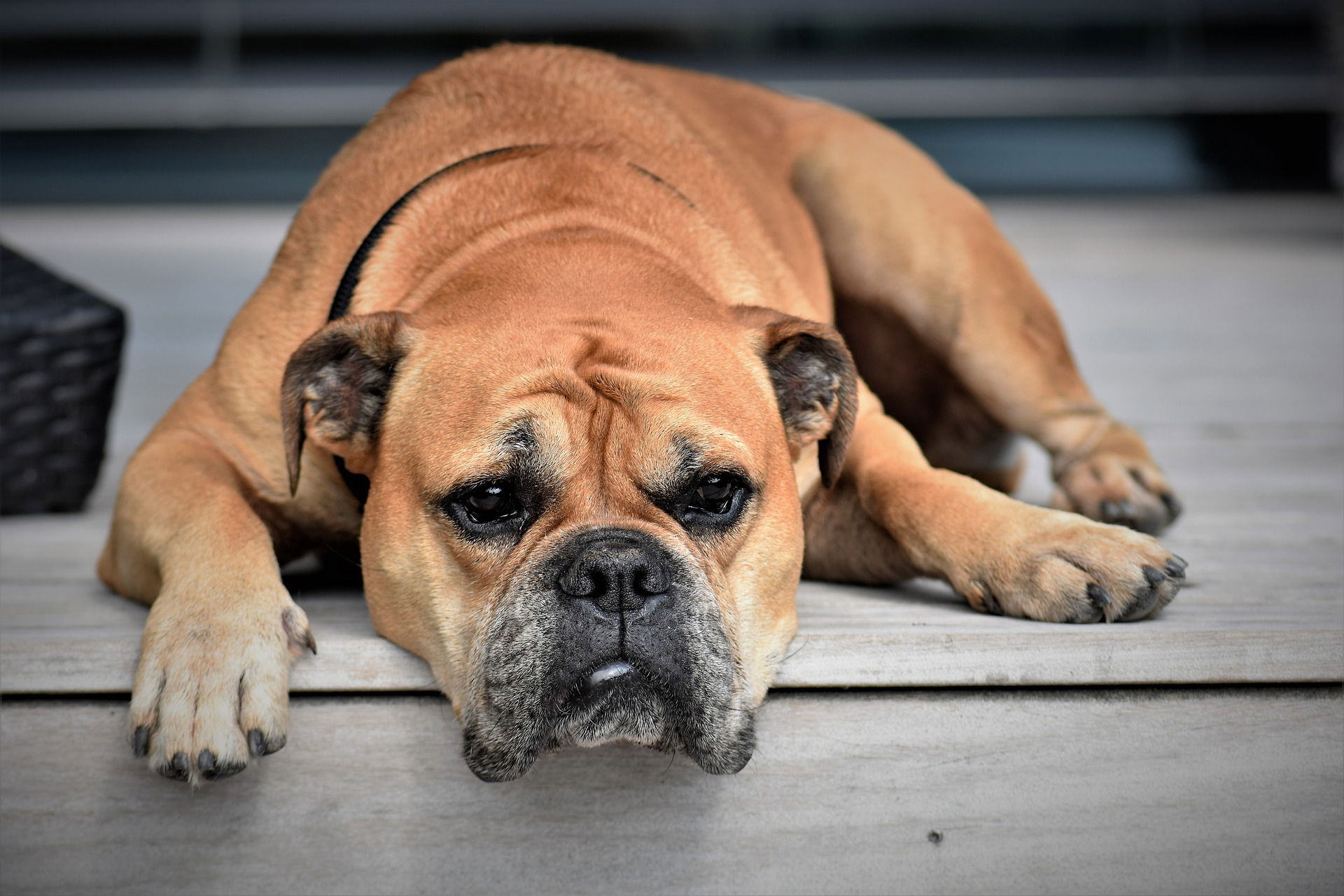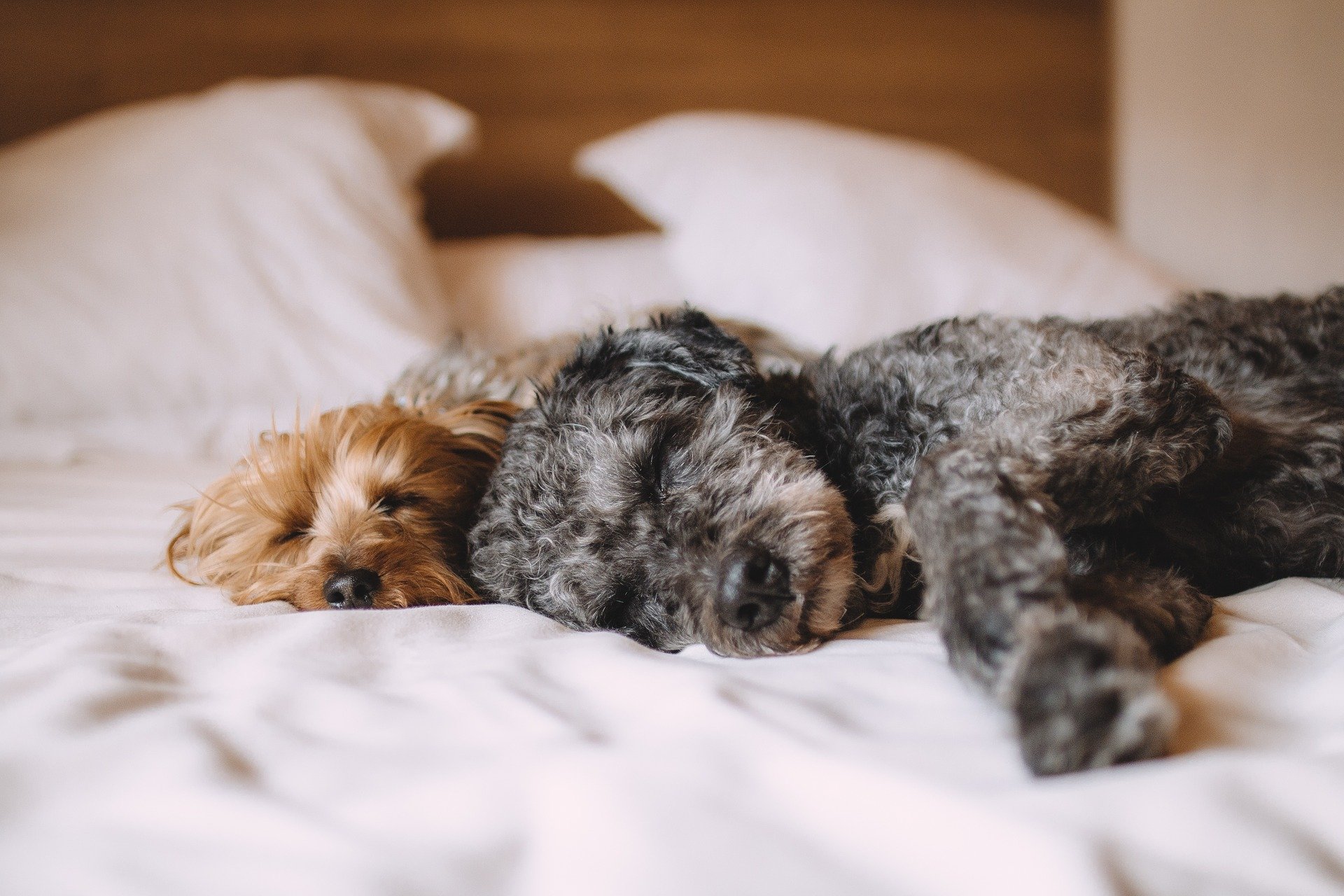Dog-Proofing Your Home: Essential Safety Measures for Dog Owners
Bringing a dog into your home can be a rewarding and joyful experience. Dogs quickly become beloved members of the family, providing companionship, loyalty, and endless love. However, along with the joy of dog ownership comes the responsibility of ensuring your home is safe and secure for your four-legged friend. Dog-proofing your home is essential to prevent accidents and keep your canine companion out of harm's way. In this comprehensive guide, we'll explore the vital safety measures every dog owner should take to create a secure and welcoming environment for their furry friend.

Understanding the Importance of Dog-Proofing
Dog-proofing your home is about more than just preventing your dog from getting into mischief. It's a crucial step in ensuring their well-being and safety. Puppies, in particular, are curious and can be prone to exploring, chewing, and getting into potentially dangerous situations. Even adult dogs can inadvertently put themselves at risk if your home isn't properly dog-proofed. Here are some key reasons why dog-proofing is essential:
- Preventing Accidents: Dog-proofing reduces the likelihood of accidents, such as falls, ingestions of toxic substances, or electrical shock.
- Protecting Valuables: Dogs can be notorious chewers. By dog-proofing your home, you can protect your belongings from being damaged.
- Ensuring Your Dog's Well-Being: Creating a safe environment for your dog is crucial for their physical and emotional well-being.
- Peace of Mind: Knowing that your home is dog-proofed gives you peace of mind and allows you to relax and enjoy your time with your dog.
Now, let's delve into the essential safety measures for dog owners:
Secure Hazardous Substances
One of the first steps in dog-proofing your home is to ensure that hazardous substances are out of your dog's reach. This includes:
- Medications: Keep all medications, both prescription and over-the-counter, in secure cabinets or drawers.
- Cleaning Products: Store cleaning products in a locked cabinet or high on a shelf.
- Toxic Plants: Remove toxic plants from your home, as some common indoor plants can be harmful to dogs if ingested.
- Chemicals: Secure chemicals like pesticides, fertilizers, and antifreeze in a locked shed or garage.
Puppy-Proof the Flooring
Puppies are notorious for chewing and digging. Protect your flooring by:
- Using Dog-Friendly Flooring: Consider dog-friendly flooring options like laminate, vinyl, or tile, which are more resistant to damage.
- Using Pet Gates: Use pet gates to keep your puppy out of rooms with expensive or delicate flooring.
Secure Electrical Cords and Outlets
Dogs may chew on electrical cords, posing a serious risk of electrical shock or injury. To prevent this:
- Use Cord Protectors: Use cord protectors or conceal cords behind furniture.
- Outlet Covers: Install outlet covers to prevent your dog from sticking their nose or paws into electrical outlets.
Keep Small Objects Out of Reach
Dogs can swallow small objects, which can lead to choking or blockages. Be vigilant and:
- Pick Up Small Items: Keep small toys, coins, and other small objects off the floor.
Lock Away Hazardous Foods
Certain human foods can be toxic to dogs. Keep these foods out of your dog's reach:
- Chocolate: Chocolate is toxic to dogs and can be deadly.
- Grapes and Raisins: These can cause kidney failure in dogs.
- Onions and Garlic: These can damage a dog's red blood cells.
Secure Trash Bins
Dogs are notorious for digging through trash. Secure your trash bins with lids or place them in a cupboard or pantry.
Create a Safe Outdoor Space
If you have a backyard or outdoor space, ensure it's safe for your dog:
- Fencing: Check your fence for any gaps or areas where your dog might escape. Repair or reinforce as needed.
- Toxic Plants: Remove toxic plants from your yard, and ensure your dog can't access garden chemicals.
Supervision and Training
Finally, supervision and training play a critical role in dog-proofing your home:
- Supervise: Always supervise your dog, especially when they're exploring a new environment.
- Training: Invest time in training your dog. Teach them basic commands like "leave it" and "drop it."

Conclusion
Dog-proofing your home is an essential responsibility for any dog owner. It's a proactive step that not only prevents accidents but also contributes to your dog's overall well-being and happiness. By following these safety measures and staying vigilant, you can create a safe and loving home for your canine companion, allowing both of you to enjoy many happy years together.
Sources:
- American Veterinary Medical Association (AVMA). "Pet Poison Safety." https://www.avma.org/resources/pet-owners/petcare/pet-poison-safety
- American Kennel Club (AKC). "How to Puppy-Proof Your Home." https://www.akc.org/expert-advice/training/how-to-puppy-proof-your-home/
- The Humane Society of the United States. "Dog-Proofing Your Home." https://www.humanesociety.org/resources/dog-proofing-your-home
- PetMD. "Dog Proofing Your Home." https://www.petmd.com/dog/care/evr_multi_dog_proofing_your_home